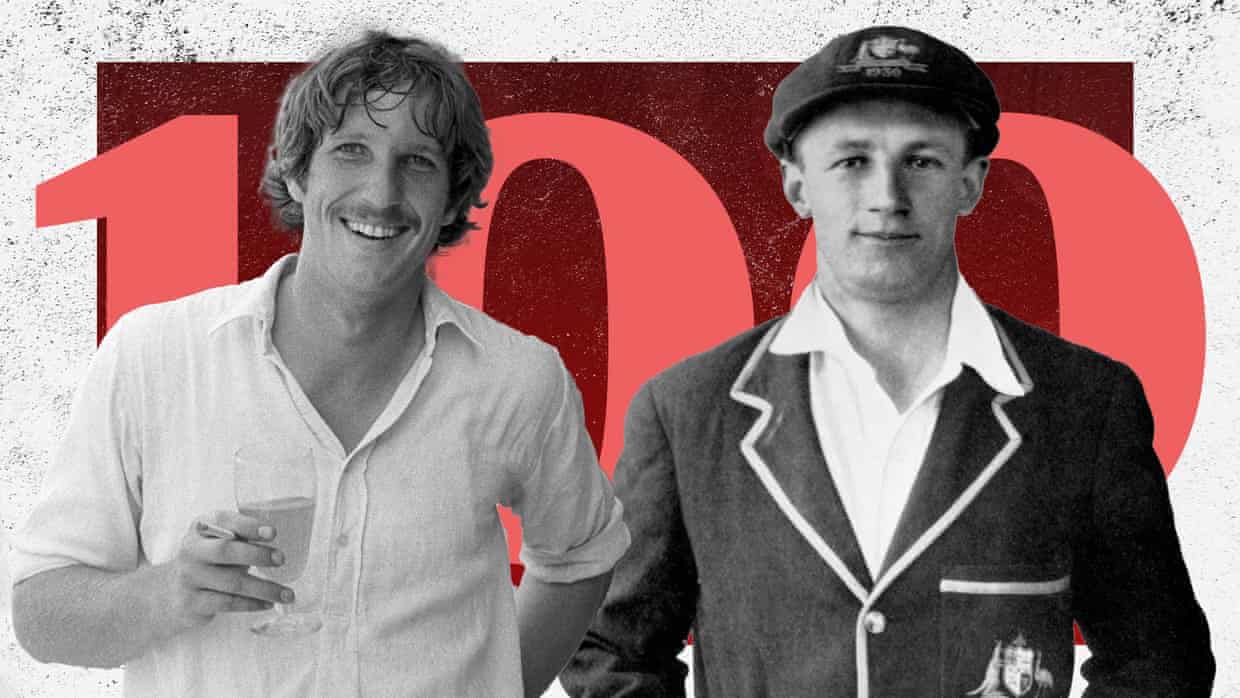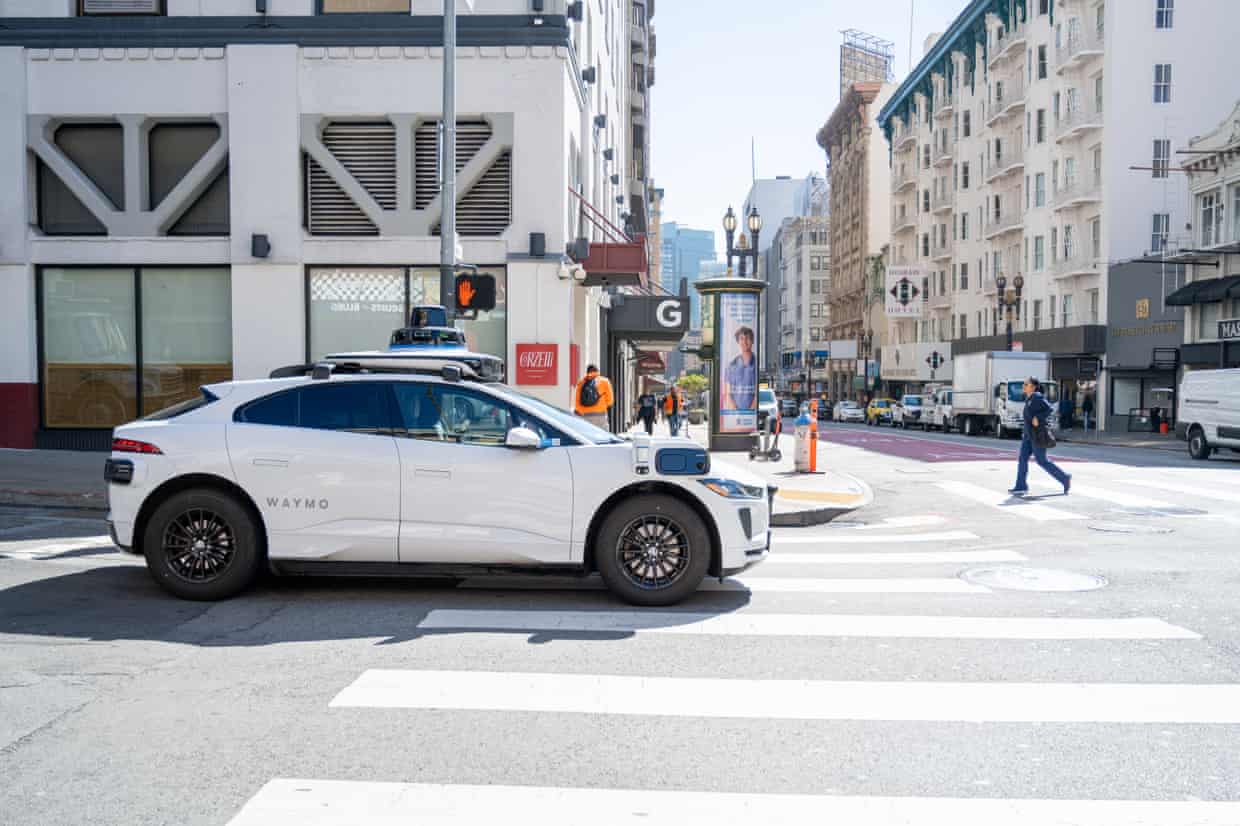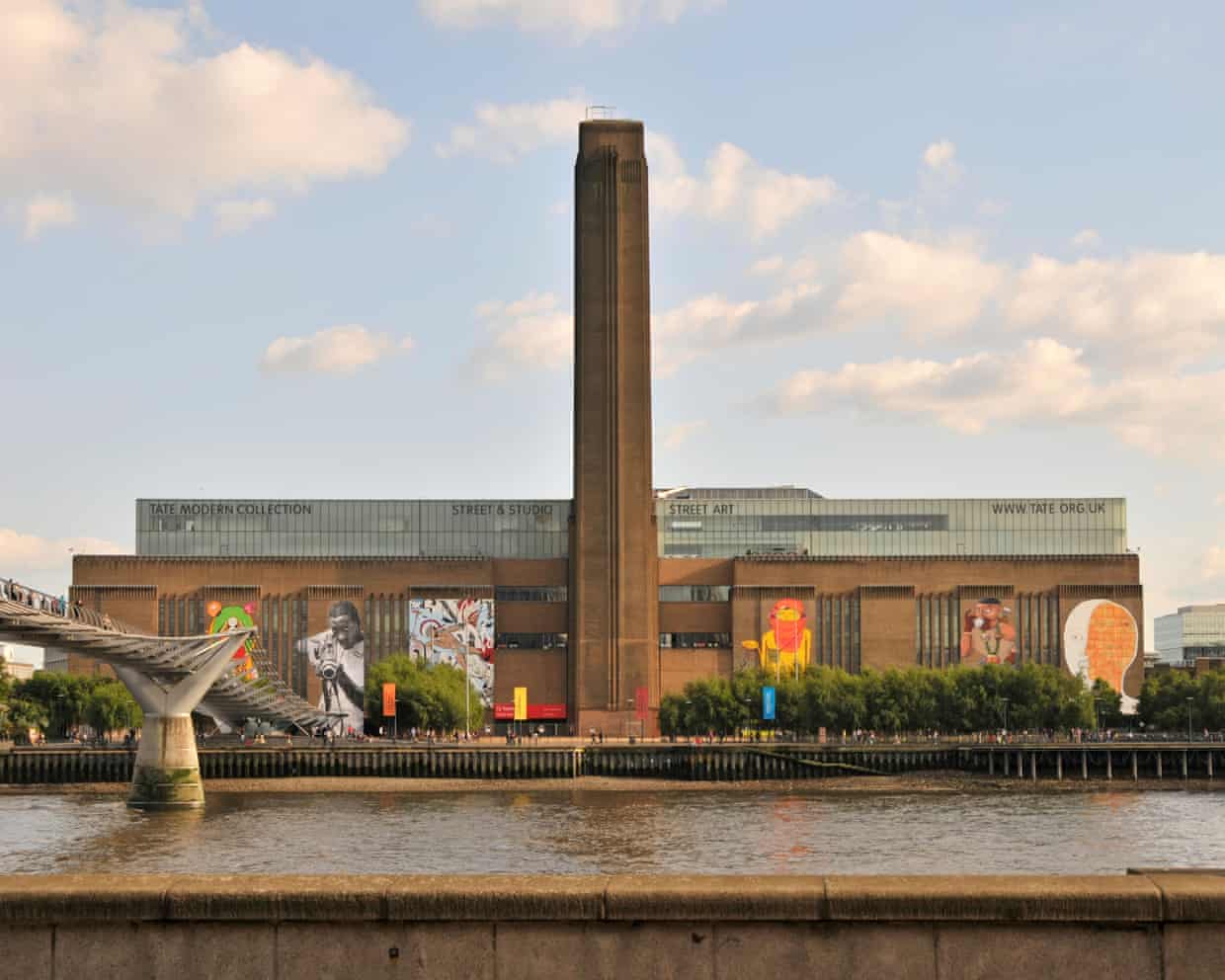Numbers crunched: how the votes were cast in the Guardian’s men’s Ashes top 100

More than 800 men have played in an Ashes Test.England picked most of them in the summer of 1989.But the process of selecting the Guardian’s Ashes Top 100 required something more scientific than that infamous shemozzle.Let’s start with the small print.We asked 51 judges to select their top 50 men’s Ashes cricketers, from which we calculated a top 100: 50 points for No 1, 49 for No 2 and so on.
The voting rules were simple,Players were assessed solely on their performances in Ashes cricket, though judges could interpret that any way they liked,(Yep, someone did vote for Gary Pratt,) The judges had to pick at least 15 players from each country and a minimum of five from each of five different eras: players who made their debut before the first world war; in the interwar years; from the second world war to 1974; from 1975 till 1999; and from 2000 onwards,When all the votes were counted, and recounted, a blond rogue was smiling knowingly at the top of the pile – just like he used to at the top of his mark.
Shane Warne finished with 2,503 voting points, 121 ahead of Donald Bradman, with Ian Botham – Australian cricket’s version of the Scottish play – and Glenn McGrath the other players to pass 2,000,Some gaps were bigger than others: only nine points separated Nos 5 to 7: Dennis Lillee, Steve Waugh and Jack Hobbs,That was smaller than the gap between Nos 85 and 86,You can see the full breakdown of the votes here,None of our judges picked the final top five as their top five, not even in the wrong order.
A couple came close, Edgbaston 2005 closer.One judge had the top five in the correct order – except Douglas Jardine had made it a top six by forcing his way into the pack at No 3.Only 14 of our 51 judges picked Warne as their No 1 – but no one had him outside their top three, so he accumulated voting points like they were the souls of English batters.While 33 judges chose Bradman as their No 1, the relative apathy of some cost him.Warne and Bradman headline a list that is dominated by Australia – at least at the top.
The overall split is 50:50 (you couldn’t make it up, and if you saw the mountain of voting spreadsheets on our cricket desk, you’d know we haven’t) – but Australia’s postwar hegemony is reflected where it really counts,They have seven of the top 10 players and 14 of the top 25,Four of the top nine were in the Australia teams that rampaged all over England in the 1990s, yet overall there was a striking lack of recency bias,The two most recent eras produced the fewest players, with the most coming from those who played their first Ashes Test between 1946 and 1975,The modern era – the 21st-century Ashes debutants – provided only four of the top 25: Steve Smith, Stuart Broad, Adam Gilchrist and Andrew Flintoff.
While Ashes legends can be born instantly, they also take time to grow.When they do, they last for ever; a poignant reflection of this is that 58 of our 100 are no longer with us.While the top five is bowler heavy, you can barely move for batters from Steve Waugh at No 6 to Ricky Ponting at 14.The old phrase “weight of runs” took on a slightly different meaning in our voting.Based on the classical balance of a cricket team – five batters, an all-rounder, a keeper and four bowlers – batters were slightly overrepresented.
As a rule, our panel valued longevity over the explosive impact of fast bowlers such as Jeff Thomson, Mitchell Johnson, John Snow and Frank Tyson.All were outside a top 20 that is full of remorseless run-scorers.The presence of the Steves, Waugh and Smith, Allan Border and Ponting – coupled with the number of English judges of a certain age – suggests Stockholm syndrome is a continuing phenomenon in English cricket circles.There are 15 all-rounders in the top 100, nine of them English.This is one of the few areas in which England’s recent supremacy is undeniable.
While England have the big three – Botham, Flintoff, Ben Stokes – Australia’s most recent all-rounders are Richie Benaud and Alan Davidson, who both played their last Ashes Tests at Sydney in 1963.It hasn’t done the Aussies too much harm.The prominence of classical, superheroic all-rounders means a dearth of a more familiar, 21st-century all-rounder: the keeper-batter.There were none in the top 20 of our list, with Adam Gilchrist – the man whose astonishing counterattacks from No 7 changed cricket for ever – at No 21.He’s the only keeper in the top 50.
England’s highest was the velvet-gloved genius Alan Knott at No 53.Knott thus makes our England Ashes XI despite not being in the top 50.Only one current player is in the combined team, Steve Smith, though the recently retired Stuart Broad is also in there.Good luck telling Broad, Dennis Lillee and Glenn McGrath that one of them is coming on first change.The competition was so stiff that the past two winners of the Compton/Miller medal – Travis Head in 2021-22 and Chris Woakes in 2023 – did not make the top 100.
The list does include six men who, fitness permitting, will take part in this winter’s Ashes: Smith, Stokes, Pat Cummins, Joe Root, Nathan Lyon and Mitchell Starc.If we poll our judges again in January, there will surely be one or two new names on the list.To simplify selection, and to make the teams as realistic as possible, we picked teams with a traditional balance and chose the highest-ranked players in six categories: two openers, three middle-order batters, an all-rounder, a wicketkeeper, a spinner and three quick bowlers.That means Stuart Broad (No 15) makes the all-time XI ahead of Keith Miller (No 13), because even though Miller was a fast bowler he is categorised as an all-rounder.It was Miller or Botham, and Beefy won.
Combined XI Jack Hobbs, Herbert Sutcliffe, Don Bradman, Steve Smith, Steve Waugh, Ian Botham, Adam Gilchrist (wk), Shane Warne, Stuart Broad, Dennis Lillee, Glenn McGrath.England XI Jack Hobbs, Herbert Sutcliffe, Wally Hammond, Ken Barrington, David Gower, Ian Botham, Alan Knott (wk), Harold Larwood, Stuart Broad, Jim Laker, Bob Willis.Australia XI Victor Trumper, Arthur Morris, Don Bradman, Steve Smith, Steve Waugh, Keith Miller, Adam Gilchrist (wk), Shane Warne, Dennis Lillee, Fred Spofforth, Glenn McGrath.

UK firms can win a significant chunk of the AI chip market | John Browne
The UK is in a uniquely promising position, far too little understood, to play a lucrative role in the coming era of artificial intelligence – but only if it also grabs the opportunity to start making millions of computer chips.AI requires vast numbers of chips and we could supply up to 5% of world demand if we get our national act together.Our legacy in chip design is world-class, starting with the first general-purpose electronic computer, the first electronic memory and the first parallel computer. Today we have Cambridge-based Arm, a quiet titan designing more than 90% of the chips powering phones and tablets globally.With such a pedigree, it is not idle daydreaming for British companies to win a significant chunk of the AI chip market; 5% is a conservative, achievable ambition

EU investigates Google over ‘demotion’ of commercial content from news media
The EU has opened an investigation into Google Search over concerns the US tech company has been “demoting” commercial content from news media sites.The bloc’s executive arm announced the move after monitoring found that certain content created with advertisers and sponsors was being given such a low priority by Google that it was in effect no longer visible in search results.European Commission officials said this potentially unfair “loss of visibility and of revenue” to media owners could be a result of an anti-spam policy Google operates.Under the rules of the Digital Market Act (DMA), which governs competition in the tech sectors, Google must apply “fair, reasonable and non-discriminatory conditions of access to publishers’ websites on Google Search”.Commission officials said the investigation was not into the overall indexing of newspapers or their reporting on Google Search, just into commercial content provided by third parties

Anthropic announces $50bn plan for datacenter construction in US
Artificial intelligence company Anthropic announced a $50bn investment in computing infrastructure on Wednesday that will include new datacenters in Texas and New York.“We’re getting closer to AI that can accelerate scientific discovery and help solve complex problems in ways that weren’t possible before,” Anthropic’s CEO, Dario Amodei, said in a press release.Building the massive information warehouses takes an average of two years in the US and requires copious amounts of energy to fuel the facilities. The company, maker of the AI chatbot Claude, popular with businesses adopting AI, said in a statement that the “scale of this investment is necessary to meet the growing demand for Claude from hundreds of thousands of businesses while keeping our research at the frontier”. Anthropic said its projects will create about 800 permanent jobs and 2,400 construction jobs

Waymo announces that its robotaxis will drive freeways for the first time
Alphabet’s Waymo said on Wednesday that it would begin offering robotaxi rides that use freeways across San Francisco, Los Angeles and Phoenix, a first for the Google subsidiary as it steps up expansion amid global and domestic competition in the self-driving industry.Freeway rides will initially be available to early-access users, Waymo said. “When a freeway route is meaningfully faster, they can be matched with a freeway trip, providing quicker, smoother, and more efficient rides,” it said.Waymo, which already operates in parts of the San Francisco Bay Area, is also extending operations to San Jose, including Mineta San Jose international airport, the second airport in its service area after Phoenix Sky Harbor.The move comes as Tesla expands its robotaxi service with safety monitors and drivers, and Zoox – backed by Amazon – offers free robotaxi rides on and around the Las Vegas Strip

A tax roadmap for electric cars | Letters
Rachel Reeves’s proposal to introduce a pay-per-mile tax levy on electric vehicles is idiotic, especially suggesting that hybrid vehicles will have a reduced rate and still pay the usual road tax (Rachel Reeves considering pay-per-mile tax for electric vehicles in budget, 6 November). Furthermore, requiring drivers to predict their yearly mileage in advance and then pay or reclaim the difference for actual mileage depending on whether they have underestimated or overestimated it is too cumbersome. If the DVLA is to oversee the collection/repayment system, it will undoubtedly need to recruit more staff or outsource the arrangement, with all the attendant pitfalls that would entail.The fairest way for the taxation of all motorists is to abolish the road tax and introduce a road toll system, as used on the Dartford crossing and the M6 toll road. Automatic number plate recognition (ANPR) would need to be an essential feature

Tech companies and UK child safety agencies to test AI tools’ ability to create abuse images
Tech companies and child protection agencies will be given the power to test whether artificial intelligence tools can produce child abuse images under a new UK law.The announcement was made as a safety watchdog revealed that reports of AI-generated child sexual abuse material [CSAM] have more than doubled in the past year from 199 in 2024 to 426 in 2025.Under the change, the government will give designated AI companies and child safety organisations permission to examine AI models – the underlying technology for chatbots such as ChatGPT and image generators such as Google’s Veo 3 – and ensure they have safeguards to prevent them from creating images of child sexual abuse.Kanishka Narayan, the minister for AI and online safety, said the move was “ultimately about stopping abuse before it happens”, adding: “Experts, under strict conditions, can now spot the risk in AI models early.”The changes have been introduced because it is illegal to create and possess CSAM, meaning that AI developers and others cannot create such images as part of a testing regime

China voices ‘extreme disappointment’ with Dutch minister at centre of car chip row

People in the US: how are your holiday shopping plans being affected by Trump’s tariffs and the cost of living?

Personal details of Tate galleries job applicants leaked online

AI firm claims it stopped Chinese state-sponsored cyber-attack campaign

Alexander Zverev v Felix Auger-Aliassime: ATP Finals tennis – live

Sean Bowen looks real McCoy at Cheltenham in emulating legend’s never-say-die ride